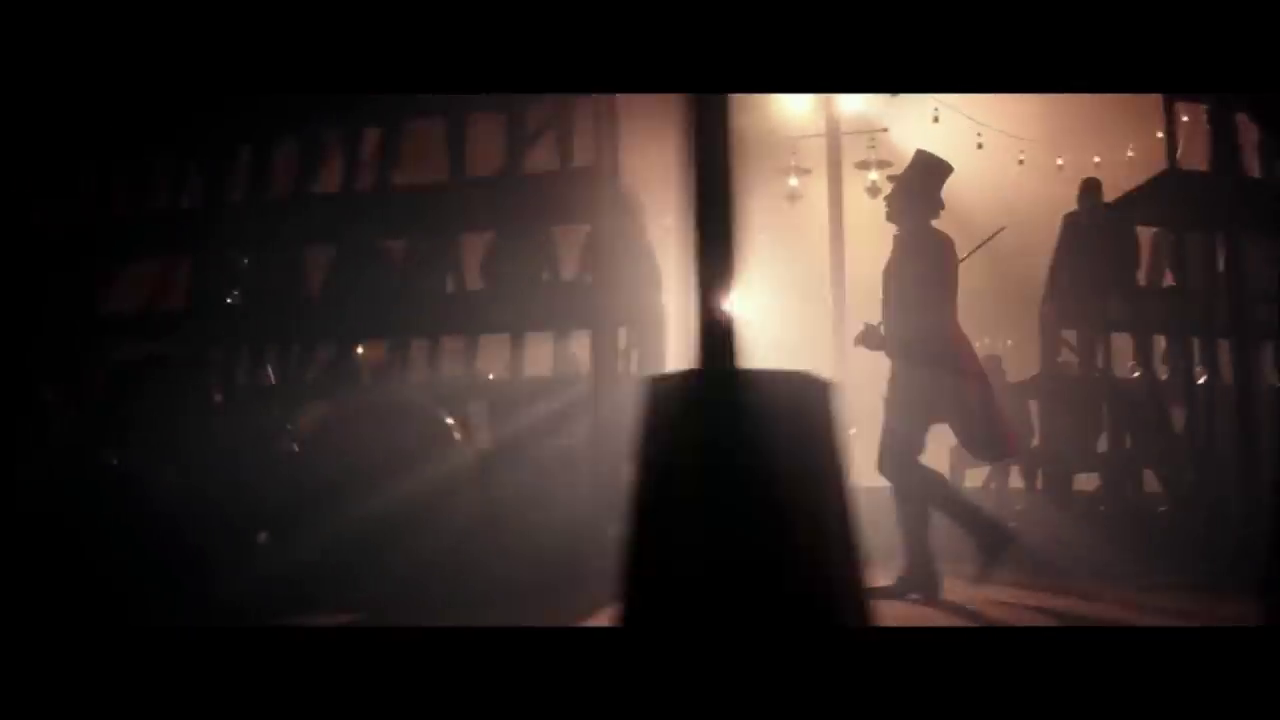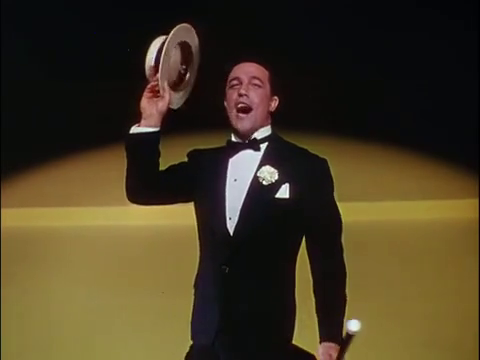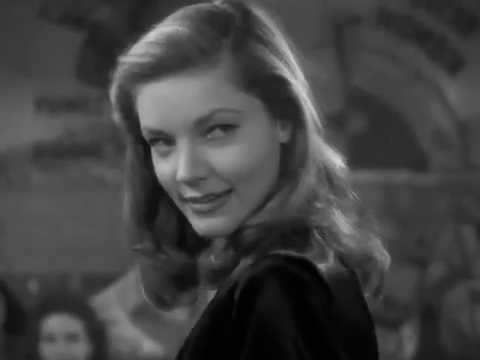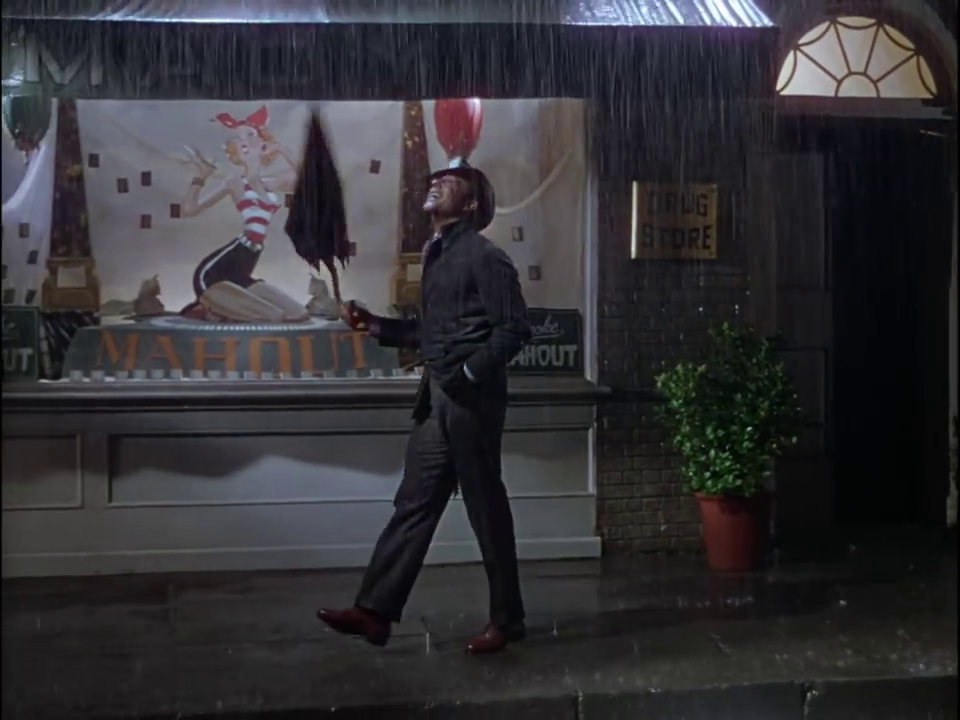“Dying will not be our living legacy”: Violence, Racial Pornography, and Black Healing
an essay by Mychal ShanksAbstract:
This paper analyzes the excessive displays of images of violence against black people in both social media and narrative fiction. With increasing movements against the police brutality of black and brown people, graphic images have served as a call to action but recent frequency of such images calls into question, when do these images become more harmful then helpful? Though social media can be a unifying agent to showcase oppression, the constant and often uncensored barrage of videos and images of Black people being physically harmed and murdered by police on social media creates a racial pornography that is then replicated in the art black artist create but in actuality is hindering the healing process and replaying trauma.
Bio:
Mychal Shanks is a current MA Cinema Studies graduate at San Francisco State University. They graduated from UC Santa Cruz with a BA in Film and Digital Media with an emphasis in Film Studies. They’re interests center around their identities such as African American representation, gender, sexuality, and LGBT issues. When not in the classroom talking about film, they’re with their friends talking about film or on social media talking about film or watching a film on one of the many streaming sites. They really like film and TV.


Today, 56 percent of the U.S population carries video-enabled smartphones, and the use of mobile technology is particularly high among African Americans. The increased use and availability of these technologies has provided marginalized and racialized populations with new tools for documenting incidents of state-sanctioned violence and contesting media representations of racialized bodies and marginalized communities. In many cases—such as police officers’ use of a chokehold in the murder of Eric Garner—the use of mobile technology to record and circulate footage of events has played a key role in prompting public outcry. (Bonilla and Rosa, 5)
Though the act of using social media can be a unifying and informative agent to showcase oppression like in Ferguson, the constant and often uncensored barrage of videos of Black people being physically harmed and murdered by police on social media creates a racial pornography that is then replicated in the art black artist create but in actuality is hindering the healing process and replaying trauma.


According to Monnica Williams, clinical psychologist and director of the Center for Mental Health Disparities at the University of Louisville, graphic videos (which she calls vicarious trauma) combined with lived experiences of racism, can create severe psychological problems reminiscent of post-traumatic stress syndrome. (Downs)
These images are causing mental side effects for black people and yet we, as black Americans keep showing them. Especially when there seems to be a disparity between violence being shown against black people compared to other races.


Racial pornography, how I will define it in this essay, is the frequent use of images to project a certain type of thinking onto the racialized body, whether intentionally or not. Usually this produces a negative effect. The best and earliest example of racial pornography is the film Birth of a Nation, which depicts Black men to be brutish, savage monsters like in the infamous “Gus chase” scene, when Gus chases Flora Cameron through the forest to try to rape her and she instead throws herself off a cliff and dies. The consistency and frequency of these negative images that depict Black people in such a way soon becomes a reality to people’s consciousness. This dialogue and imagery could be seen in the Michael Brown shooting case, when Darren Wilson described the events saying Michael Brown looked like a demon and that he felt very small. Even though the two men are the same height and almost the same weight. The constant imagery of Black men being hulking beasts in fiction creates lasting beliefs in reality that can confirm prejudices. Which makes me wonder what picture these police shooting videos are painting? Due to the sheer amount and frequency, I believe that police shooting videos and police brutality videos, in general, against unarmed black people has become unintentionally racially pornographic because it keeps showing black bodies suffering and is desensitizing images of Black death. This also flows over into the realm of fiction from literature, film, television and music, which tries to say it’s doing so in the name of healing but it’s doing nothing but recreating traumatic events. The following examples of this I will be discussing are Steve McQueen’s 12 Years a Slave, Justin Simien’s Netflix series Dear White People, and Childish Gambino’s “This Is America.”

12 Years A Slave
Dear White People
Childish Gambino



Work Cited
- Adee, Sally. “What to Do When Murder Goes Viral.” New Scientist, vol. 227, no. 3037, 2015, pg. 10–11.
- Bonilla, Yarimar, and Jonathan Rosa. “#Ferguson: Digital Protest, Hashtag Ethnography, and the Racial Politics of Social Media in the United States.” American Ethnologist, vol. 42, no. 1, 2015, pg. 4-17.
- Downs, Kenya. “When black death goes viral, it can trigger PTSD like trauma.” PBS News Hour, 22 July 2016.
- Harold, Christine, and Kevin Michael DeLuca. “Behold the Corpse: Violent Images and the Case of Emmett Till.” Rhetoric & Public Affairs, vol. 8, no. 2, 2005, pg. 263-86.
- Priest, Myisha. “‘The Nightmare Is Not Cured’: Emmett Till and American Healing.” American Quarterly, vol. 62, no. 1, 2010, pg. 1-24.
- Ralph, Laurence, and Chance, Kerry. “Legacies of Fear: From Rodney King’s Beating to Trayvon Martin’s Death.” Transition: An International Review, no. 113, 2013, pg. 137.
- Reign, April. “Why I will not share the video of Alton Sterling’s death.” The Washington Post, 6 July 2016.
- Toch, Hans. Cop Watch: Spectators, Social Media, and Police Reform. 1st ed., American Psychological Association, 2012.
- Yancy, George, et al. Our Black Sons Matter: Mothers Talk about Fears, Sorrows, and Hopes. 2016.







